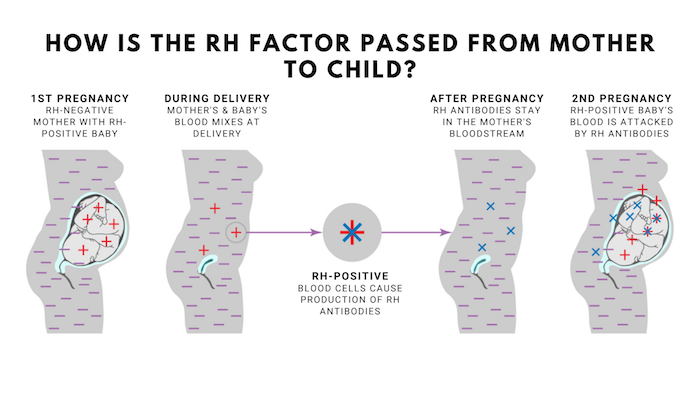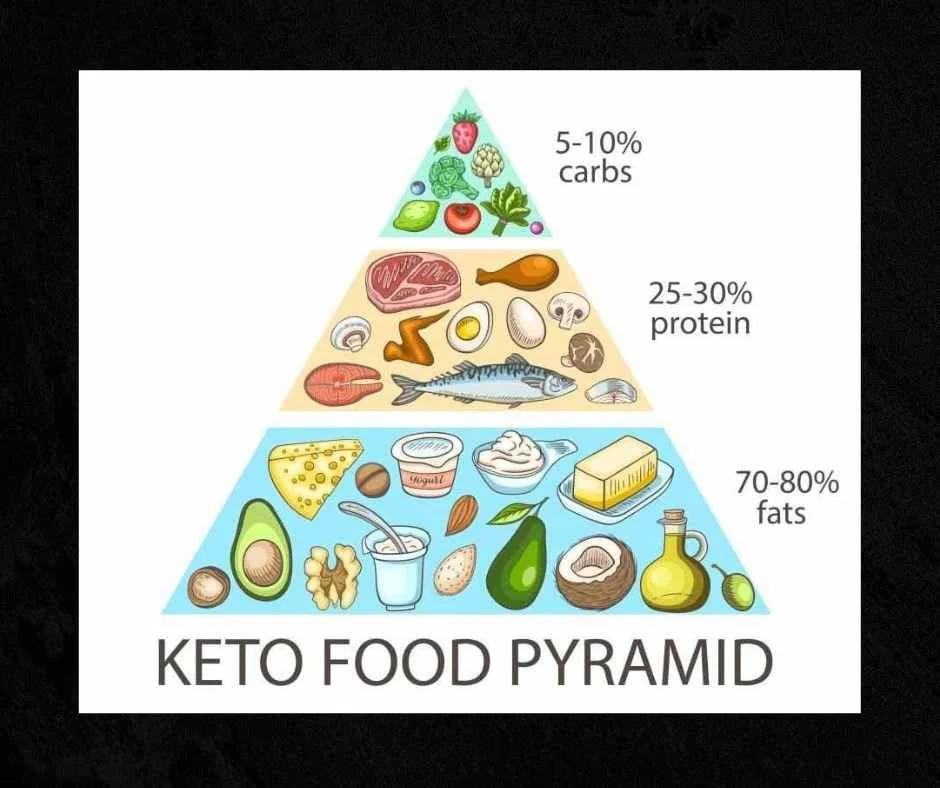Introduction to Pancreatic Health
The Pancreas and the Sphincter of Oddi
The pancreas is the second largest gland in the human body and plays an important role in the digestive process. It is responsible for the production of insulin that controls the balance of glucose in the body. It also releases the digestive juices and enzymes necessary for digestion into the duodenum, a cavity at the beginning of the small intestine.
The cells of the pancreas secrete enzymes into a network of small ducts that ultimately drain into the pancreatic duct. The pancreatic duct merges with the common bile duct at the Ampulla of Vater. The pancreatic solution mixes with the bile and is forced through a muscular valve called the Sphincter of Oddi. The Sphincter of Oddi functions as a one-way spigot to allow bile and pancreatic juice to enter the upper intestine through the duodenum. The Sphincter of Oddi also prevents the contents of the gut from backing up into either the pancreatic duct or the common bile duct.
A properly functioning Sphincter of Oddi is critical to the health of the entire gastro-intestinal system – and necessary for a healthy body. Many scientists believe that Sphincter of Oddi Dysfunction (SOD) is the cause of many pancreatic diseases. So healing a malfunction of Sphincter of Oddi can reduce congestion and inflammation of the pancreatic gland.
The sphincter of Oddi is comprised of smooth muscle fibers that surround the end of the Pancreatic Duct and the end of the Common Bile Duct. Sphincter of Oddi Dysfunction may be related to either the pancreatic or the biliary segments of the sphincter, or both.
Sphincter of Oddi Dysfunction (SOD)
There are two overall factors which influence the proper functioning of the Sphincter of Oddi: anatomical (structural) integrity and functional ability.
For smooth performance, the anatomical integrity of the Sphincter of Oddi must remain intact. For example, a physical blockage of the may stop the smooth flow of pancreatic fluid and bile solution. Gallstones can cause the blockage of the Sphincter of Oddi. The digestive solution then becomes backed up into and increases the pressure in the pancreatic duct. The enzymes and bile start to digest the pancreatic cells causing severe inflammation, pain, cysts, and finally the death of pancreatic tissue.
If the mixture backs up into the bile duct the result may be hepatitis, jaundice, or inflammation. The anatomical narrowing or closing of the Sphincter of Oddi is relatively rare, but may be caused by gallbladder stones, severe inflammation or tumors. In these cases surgical care is necessary.
More frequently people have problems with the functional ability of the Sphincter of Oddi. A frequent functional problem involves spasms of the sphincter opening, or dyskinesia (In Latin “dys” means abnormal, “kinesia” means movement). Conventional medicine offers little in the way of diagnosis, treatment, and prevention at the beginning of SOD. Lack of diagnosis and treatment can cause serious complications like pancreatitis and gallbladder inflammation.
Sphincter of Oddi Dysfunction is believed to be a common cause of acute recurrent pancreatitis, and may account for up to one-third of unexplained cases.
Symptoms of Sphincter of Oddi Dysfunction include:
o Biliary pain felt in the middle or right part of the upper abdomen
o Pain radiating on the back at the lower tip of the scapula or right shoulder
o Pain accompanied by bloating, nausea, and vomiting.
o Pain precipitated by food or narcotics.
o The pain may vary in intensity and can last anywhere from 15 minutes to 4-5 hours.
Symptoms of episodic pancreatic pain include:
o Pain that is located in the upper abdomen on the left or right side
o Pain that radiates directly through the abdomen to the back
o Pain which is accompanied by bloating, nausea, and vomiting.
Sphincter of Oddi Dysfunction: Prevention and Treatment
Understanding the cause of the problem can help in prevention and treatment. Based on clinical evidence, scientific research and our personal medical experience, we speculate that three things are needed for the proper function of the Sphincter of Oddi:
1. Proper regulation
2. Normal structure
3. Normal quality and quantity of pancreatic juice and bile.
Blockages of the Sphincter of Oddi can be caused by multiple things: toxic substances, pancreatitis (inflammation of the pancreas), infection, parasites, fat deposits due to being overweight or obese, trauma, surgery, and cancer. Doctors have proposed that almost 20 percent of pain following gallbladder removal surgery may be connected to (SOD).
Two primary factors regulate the function of the Sphincter of Oddi: the nervous system and digestive hormones. However, various lifestyle issues can cause spasms of the Sphincter of Oddi, including: depression, stress and anxiety, some medications, recreational drugs (especially opiates), bad diet, bad combinations of food, “eating on the go”, hormonal changes, and lack of exercise. These elements influence the proper release and function of the digestive hormones secretin and cholecystokinin, which are the natural regulators of the Sphincter of Oddi.
To function properly, pancreatic enzymes require the pH of the duodenum to be slightly on the alkaline side. Because the food coming from the stomach has recently been acidified, the body must provide enough excess alkalinity in the duodenum for the enzymes to work. Sufficient amounts of water, minerals, trace elements, and bicarbonates have a crucial impact on the alkalinity, and therefore quality and quantity, of the pancreatic digestive enzymes. Certain lifestyle factors can cause metabolic acidosis, or an excess of overall acidity in the body. Bad diets including processed food, meat and potatoes, fried foods, soft drink colas, sugar and starches build up acids in the body. Body acidity can be increased by smoking, alcohol, drugs, and Candida-yeast overgrowth. If the body is too acidic, the pancreatic juice and bile cannot function properly.
Processed Food and Digestive Problems
In the past sixty years, the United States has seen a significant increase of people with digestive problems. The increased digestive problems are related to what has been called the “nutritional revolution”. This term refers to the gradual move of much of the population to a diet of highly processed food.
Such processed food, or “dead” food, is full of artificial chemicals which cause excess body acidity and nutritional deficiencies. Additionally, processed food does not contain the living enzymes, fiber, essential vitamins, minerals and trace elements necessary for the body to produce the needed quality and quantity of digestive enzymes. At the same time, toxic, aggressive, acidic bile additionally suppresses the pancreatic cells and keeps them from producing digestive enzymes or, in worse scenario, activate the enzymes to digest their own pancreas. The lack of quality pancreatic digestive enzymes leads to an imbalance in the body. And the body’s imbalance leads to spasms of the Sphincter of Oddi and creates a vicious cycle of digestive problems.
Conclusion
Few of the discussed factors affecting the Sphincter of Oddi occur in a vacuum. Many of the problems overlap and together they can cause serious health problems, ranging from hidden pancreatic insufficiency to a complete shut down of the function of vital organs such as the liver and the pancreas.
The first symptoms of SOD should trigger an internal alarm which says that a change of lifestyle is necessary. Making lifestyle changes can help prevent the exacerbation of the gastrointestinal problems. Our clinical experience shows that there is no panacea or magic treatment when dealing with SOD. But the following can be helpful in healing:
o Dietary changes to heal the body
o Herbal medicine
o Nutritional supplementation
o Drinking healing mineral water made from genuine Karlovy Vary Thermal Spring Salt (it is available in the United States)
o Acupuncture
o Whole body cleansing with the restoration of friendly intestinal flora
o Professional help quitting alcohol, smoking, drugs, bad eating habits, craving, overweight, etc.
“The time to repair the roof is when the sun is shining”.
John F. Kennedy
The information on this article is presented for educational, informational purposes only. It is not intended as a substitute for the diagnosis, treatment and advice of a qualified licensed professional.






